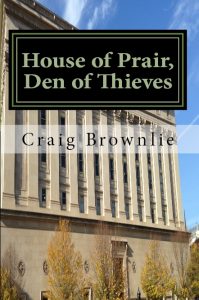The Hard Nut
Ballet choreographed by Mark Morris
Set to The Nutcracker composed by Pyotr Ilyich Tchaikovsky
Dance is the one art form that you will have the most trouble persuading me to go see. At least, that’s what I think inside my head. And I am entirely wrong. I have little patience for Dancing With the Stars, but that is as much the format as anything. The fact that the main exposure we, as a society, have to ballet is an annual performance of The Nutcracker probably does not help. I don’t watch anything on an annual basis anymore.
But, I think the Nicholas Brothers are among the greatest artists ever produced anywhere anytime. I can sit and watch anything with Gene Kelly or Fred Astaire attached. I can watch Bollywood and 60’s American movies if music and dancing is promised. James Brown, Michael Jackson, and the Temptations are wonders to behold when they move.
So, really, maybe I would go to a dance concert if you showed me something interesting. Which is exactly what happened when someone else turned on the television and insisted on watching The Hard Nut back when it was first broadcast in the early 90’s. It was not an easy sell, but, honestly, you have to see this at least once in your life. Before you do, maybe go to one of those performances of The Nutcracker if you can’t quite remember what those are all about.

Then,
we return to The Hard Nut. Look, if you are into dance, then Morris may be old news, but I still find him provoking and interesting. Look at those jumps in his Waltz of the Snowflakes. Those are not the bodies that you usually see in The Nutcracker (nowhere close if you’re paying attention). The whole stage is used in a way that feels as much Busby Berkeley as George Balanchine.Ultimately, I think The Hard Nut is a bit of a young artist’s game. Why would you do new choreography when people are paying good money to see the same old same old? Your chance of blowing it is pretty high. We grow comfortable as we grow a paunch and turn gray- it becomes less likely that we will take that chance. Or, if you take a chance past your youth, then you have to cast aside your true followers or you’ve merely lost your mind.
Choreography seems like the hardest of the arts, particularly if you are talking about large companies. The precision that you demand of so many human bodies as well as the limitations imposed by that canvas boggles my mind. While we find precision movement in a marching band or a chorus line exhilarating, that is not the same as originality. Stunning craft moves us, but it may not change us the same way that a new approach can. Imbuing dance with wit and social commentary feels harder than anywhere else. Anyone who manages to make a statement against such long odds will never stop making us pause, sit down, and watch.
What’s it all about?
You’ve Got to Check This Out is a blog series about music, words, and all sorts of artistic matters. It started with an explanation. 207 more to go.
New additions to You’ve Got to Check This Out release regularly. Also, free humor, short works, and poetry post irregularly. Receive notifications on Facebook by friending or following Craig.
Images may be subject to copyright.

